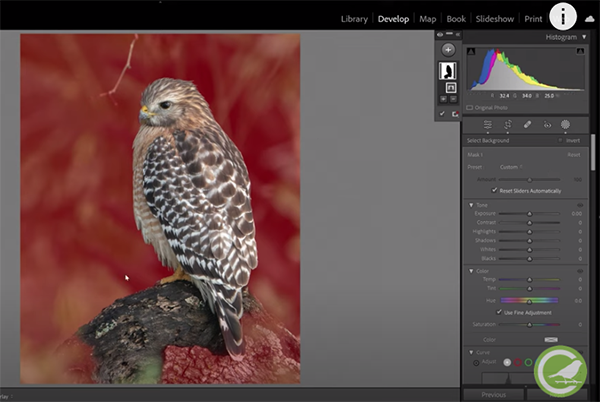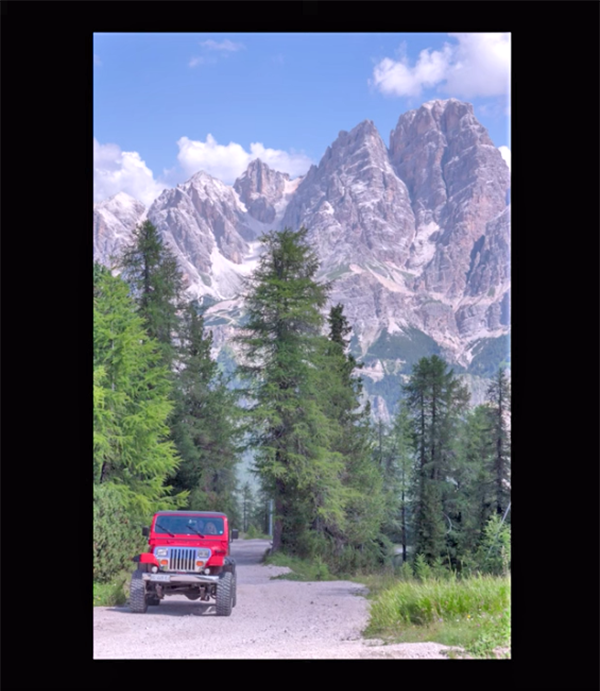Ercol has dropped a new collection with John Lewis – how does it measure up to our favourite vintage pieces?
The mid-century collection that dreams are made of
So you just spent a day photographing birds or other forms of wildlife and returned home expecting to be impressed by the images you made. But low and behold, the photos you see on the computer aren’t nearly as compelling as you thought.
This experience isn’t uncommon and all it often takes is a bit of simple editing to transform a mediocre image into a money shot. In this tutorial from Matthew Cuda you’ll learn five straightforward Lightroom hacks that will immediately improve both the photos and your mood.
Cuda is an experienced nature and wildlife photographer with a popular YouTube channel geared toward helping other shooters level up their work. This episode reveals a handful of Lightroom tricks that he says, “I use every day to produce beautiful images.” Cuda promises that these simple techniques will revolutionize your wildlife photography in a hurry.

The lesson begins with Cuda’s approach to creative cropping, which he introduces like this: “So you have a great day of photography, get back home, and realize that the bird in your photo looks a lot further away than you thought.” Maybe that’s because the lens you used wasn’t long enough, or perhaps this was as close as you could approach. In either case, the problem needs to be fixed.
As you’ll see, creative cropping involves more than hacking off one side of the shot (or perhaps either the top or bottom). Cuda opens Lightroom’s develop module and demonstrates a more thoughtful approach for adjusting framing for maximum impact. In other words, he has a few tricks for “recomposing” an image during the editing process.
Tip #2 comes into play when the exposure of an image isn’t exactly what you want. Even if it’s not terrible, the simple adjustments that Cuda recommends can quickly transform a ho-hum photo into a captivating winner. Once again Cuda turns to the Develop module for some easy-to-follow adjustments using simple sliders in the panel. He also explains why you can’t always rely upon the histogram while making enhancements to images with multiple objects that reflect light in different ways.

White Balance is another Lightroom tool that Cuda relies upon with regularity. He says this issue is rather common when White Balance is set to Auto, and why the other settings available on most modern cameras do a far superior job in certain situations. He illustrates how this works by rehabilitating a mediocre shot of a beautiful falcon to faithfully reproduce the birds natural colors.
We don’t want to be a buzzkill and reveal Cuda’s other to tips, so you’ll have to watch the video to see what they are and how to use them to advantage. Let’s just say that they are just as effective and straightforward as the three techniques he describes first. You can find more helpful advice by visiting Cuda’s instructional YouTube channel.
And don’t miss the tutorial we posted earlier from another pro, explaining why your nature and wildlife photos are unsharp and what to do about it.
One powerful way to capture outdoor photos that make viewers pay attention with admiration is to thoughtfully compose a scene with proper balance throughout the frame. The quick tutorial below from Mike Smith provides several helpful techniques for doing just that.
Smith is a noted British landscape photographer who regularly shares secrets to his success with straightforward tutorials on his popular YouTube channel. He kicks off this 10-minute episode by saying, “balance is a sure-fire way to make sure that your photos stand out.” He also provides helpful advice on using color and explains what he means by “conceptual balance.”
This lesson will help you understand why some images are particularly impactful, even though the viewer can’t explain why they’re so esthetically pleasing—they “just seem to work.” One attribute of balance is that it simplifies chaos and confusion by eliminating elements that detract from the story that you’re trying to tell.

Smith says the goal is to “photograph with intention.” You can do this by taking a color, a dominant object, or a brighter area within a scene and position it within the frame so that it that it directs a viewer’s eyes to where you want them to go without any distractions in the way.
According to Smith composition is all about where you stand, in that moving slightly in one direction or the other can often make a big difference. Taking a high or low vantage point, instead of shooting at eye level, is another way to capture photos that look different and fresh.
There’s an important thread running throughout this lesson, which is this: Upon arriving at a destination it’s important to thoughtfully scrutinize the surroundings before pulling out a camera and getting to work. One compositional trick that often works wonders for photos with balance is to look for areas of symmetry within the frame.
Symmetry is often very effective in creating balance because one half of the shot is typically very similar to the other. And this holds true whether you’re shooting in a vertical or horizonal orientation. It’s important to remember, however, that all symmetrical photos aren’t what you’d call balanced, nor do all balanced photos display symmetry.

In this regard Smith provides an example of placing a key object “bang in the middle of the frame.” He says this approach is too obvious and it’s a telltale sign that you’re a beginner. While watching the video you’ll learn several powerful compositional tools that are very effective, including what Smith refers to as images with a horizontal or vertical split.
Smith also demonstrates how the intentional use of color is another way to create nicely balanced photos. As he explains, “different colors help attain balance because bright colors tend to attract attention, giving more weight to that portion of the frame.” He provides a few great examples of how well this works.
There is much more to learn on Smith’s popular YouTube channel, and in a tutorial we posted earlier, explaining how to shoot eye-catching outdoor photographs in harsh light.
